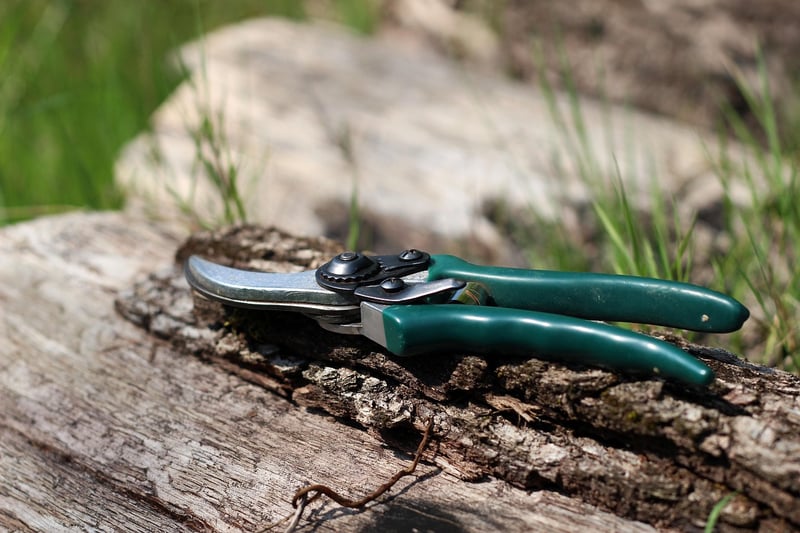Pruning Techniques
Keeping Your Garden Healthy: Essential Pruning Techniques
Introduction
Having a healthy garden requires more than just watering and weeding. Proper pruning techniques are essential to encourage growth, maintain plant health, and enhance the overall appearance of your garden. In this guide, we will explore the importance of pruning and provide you with expert tips to ensure your garden thrives.
Why Pruning is Important
Pruning is a crucial part of garden maintenance for several reasons:
- Promotes plant growth by removing dead or overgrown branches.
- Enhances air circulation and sunlight penetration, which are vital for plant health.
- Shapes plants for aesthetic purposes, creating a tidy and attractive garden space.
- Prevents the spread of diseases by eliminating infected or damaged parts.
Essential Pruning Techniques
Here are some key pruning techniques to help you keep your garden in top shape:
1. Tools of the Trade
Before you start pruning, make sure you have the right tools, including hand pruners, loppers, pruning saws, and hedge shears. Keep your tools clean and sharp for precise cuts that promote plant healing.
2. Know When to Prune
Each plant has its own pruning requirements. Some plants benefit from pruning in late winter or early spring before new growth appears, while others may need pruning after flowering. Research the specific needs of your plants to determine the best time to prune.
3. Proper Technique
When pruning, make clean cuts at a 45-degree angle just above a bud or lateral branch. Avoid leaving stubs that can invite disease. For larger branches, use the three-cut method to prevent tearing and damage to the plant.
4. Remove Dead or Diseased Branches
Regularly inspect your plants for dead, diseased, or damaged branches and promptly remove them to prevent the spread of illness and improve overall plant health.
5. Thinning vs. Heading Cuts
Thinning cuts involve removing entire branches to improve airflow and light penetration. Heading cuts, on the other hand, involve trimming back the tips of branches to promote bushier growth. Use a combination of both techniques for optimal results.
Conclusion
By incorporating proper pruning techniques into your garden maintenance routine, you can ensure that your plants thrive and your garden looks its best. Remember to research the specific pruning needs of each plant and approach pruning with care and precision for optimal results.
Keep your garden healthy and vibrant with the art of pruning!

For more information on gardening and plant care, visit Royal Horticultural Society.
